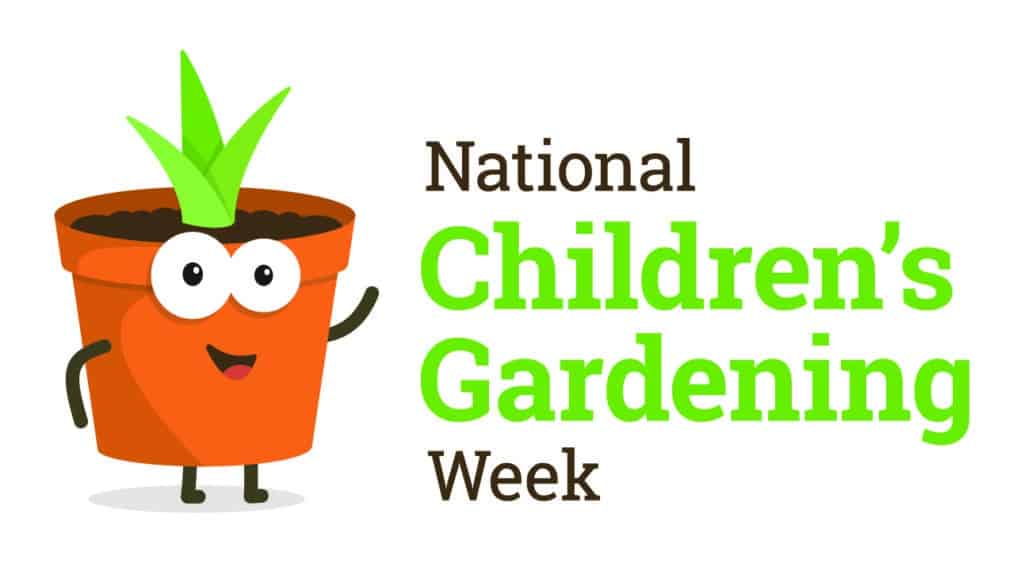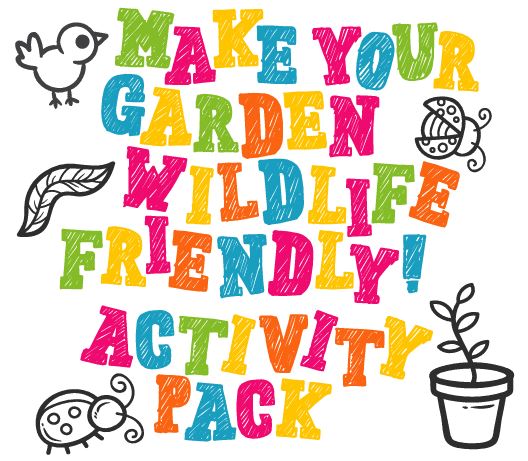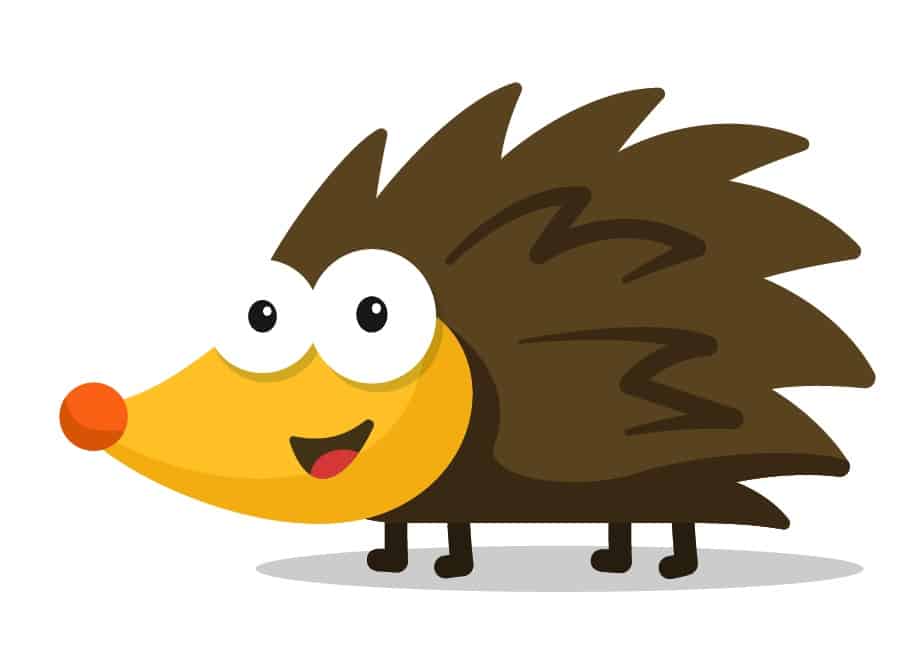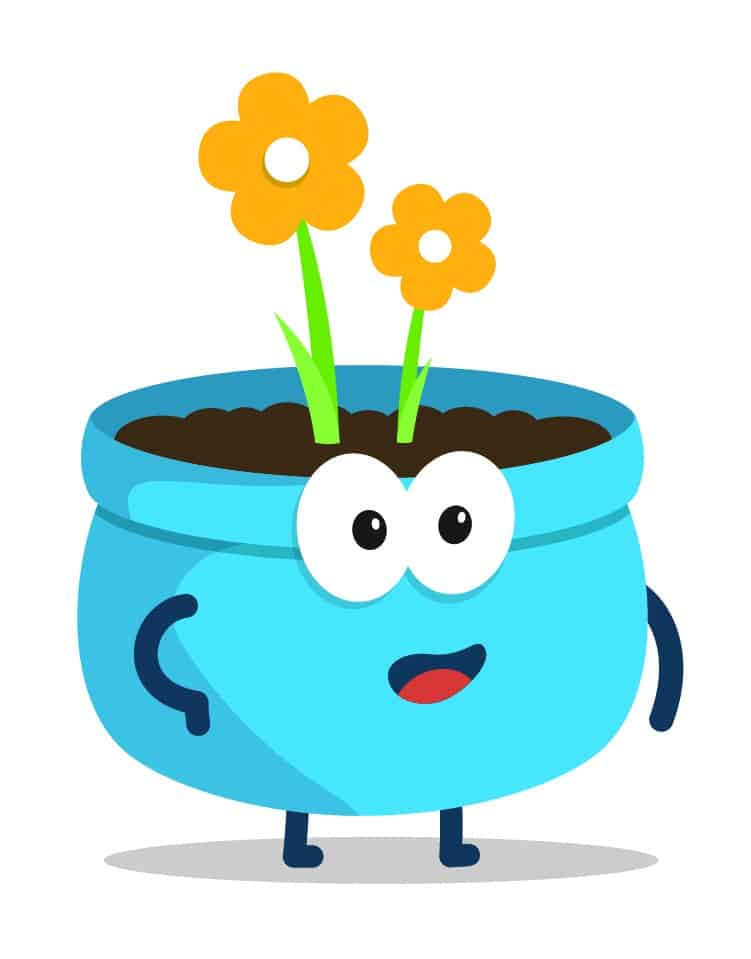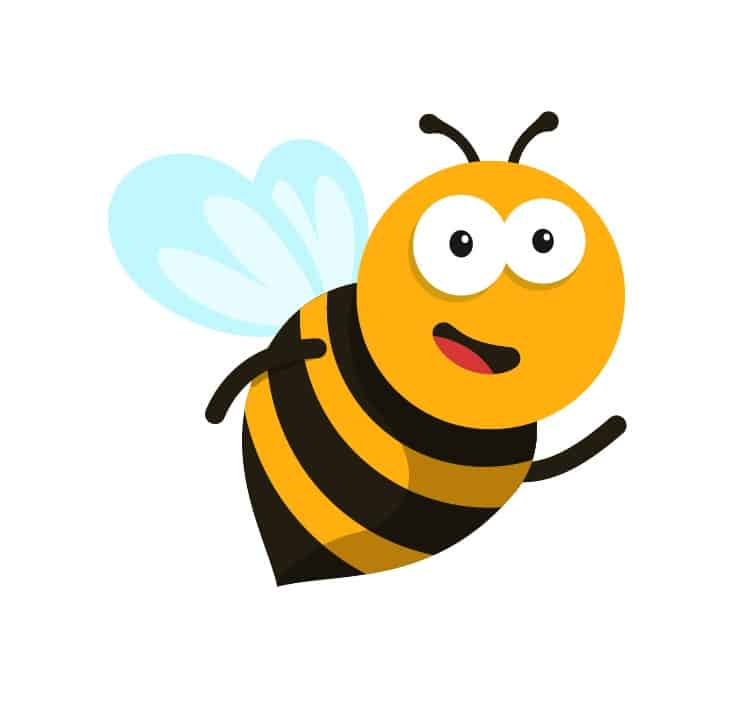Children love growing plants and being involved in the garden but they’re often impatient, wanting to see instant results. National Children’s Gardening Week aims to capture children’s enthusiasm at a time when results are immediate. National Children’s Gardening Week takes place annually in the ‘warm’ week at the end of May, this week that is 25th May – 2nd June.
There are lots of Things To Do, many of which don’t require your own garden such as making a mini pond or garden, flower pressing, making a suncatcher or a pinecone birdfeeder.
There’s also lots of Sustainable Activities, such as recycled planters, collecting rainwater and vertical gardening.
Download your wildlife friendly activity pack here.
Plant some super speedy seeds
Often, gardening can be all about playing the long game: you plant seeds in spring, and don’t expect to see any results for several weeks or months. But this can be difficult for small children to understand; they can often lose interest quite quickly in something when they don’t see results straight away. That’s why it’s a good idea to choose at least some gardening projects that will wield speedy results.
Bean sprouts — These are easy to grow, and it’s done indoors, in a jar or a tray, so you don’t even need a garden. There are lots of different kinds of sprouts, but mung beans are probably the easiest.
Salad leaves — These can be picked and eaten around three weeks after planting. Rocket is a good option, but a packet of mixed salad leaves will provide a mixture so you can see which ones you like the best.
Indoor plants
If you don’t have an outdoor space, you can still encourage a love of plants to your child by growing pot plants indoors. Money plants are a good choice; they’re difficult to kill and look really attractive. Spider plants not only have an excellent name, but in spring produce spiderettes, or baby plants, which you can then root in a pot next to the mother plant, and cut free once it’s established to start a whole spider plant family!
Bees and butterflies
It’s important to talk to young children about how wildlife such as birds and insects are in decline, and rely on gardens for their survival. When you and your child plan your gardening together, you can think about the kinds of plants that attract bees and butterflies and even create some wildlife habitats together. The RHS website is a good source of more information. You can also use the time together to play games such as I Spy or counting the bees and butterflies.
Whatever you do have a fun week!
- Children’s Gardening Week website
- Children’s Gardening Week Colouring Sheets
- Family Corner gardening ideas for children
Visit the Children’s Gardening Week website to find out more


